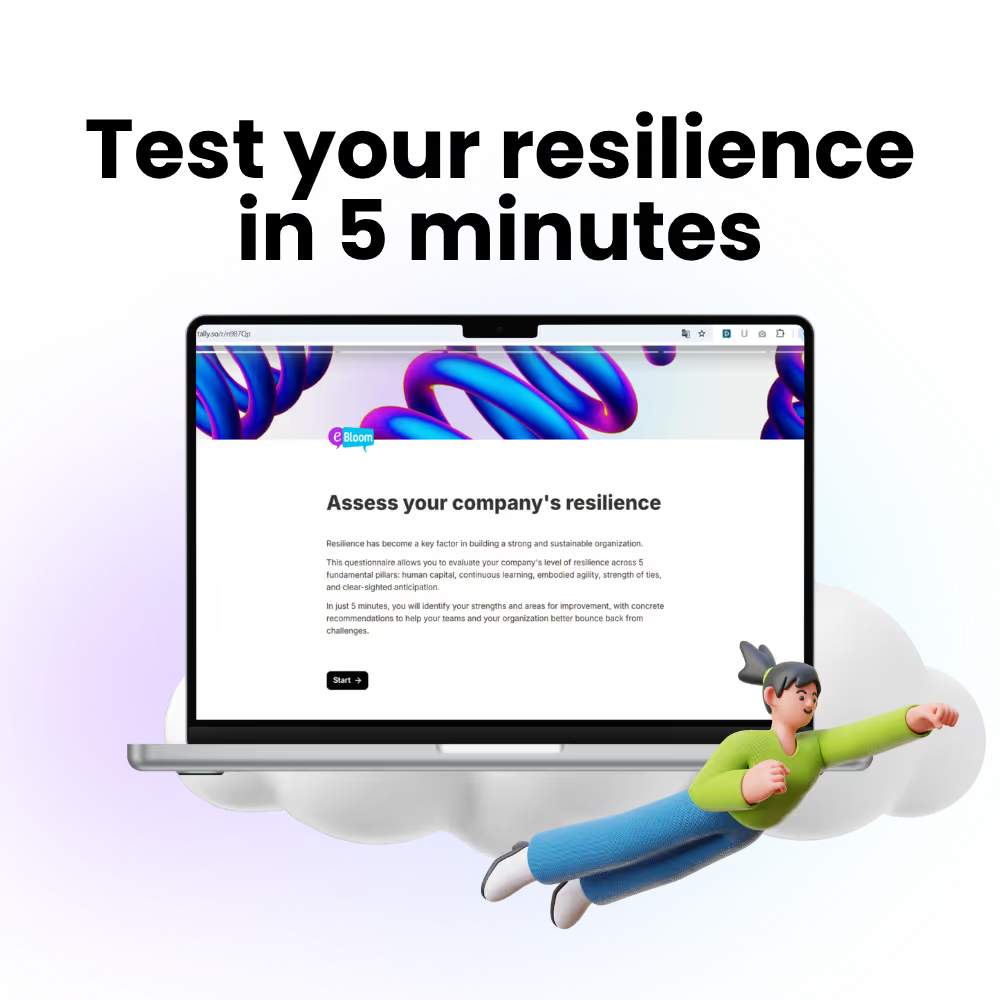
Effective performance management is critical for driving organizational success and employee engagement. This article explores the best practices and potential pitfalls in performance management, offering CEOs and managers practical guidance to optimize their approach. By adhering to these principles, organizations can foster a culture of continuous improvement, boost employee morale, and achieve strategic goals.
Performance management is a systematic process to ensure that employees contribute to organizational objectives through improved performance and development. It encompasses setting clear expectations, providing regular feedback, assessing performance, and developing plans for improvement. Research suggests that effective performance management leads to increased employee engagement, higher retention rates, and improved business performance (Aguinis, Joo, & Gottfredson, 2011). Companies like Google and Adobe have transformed their performance management systems, resulting in increased innovation and productivity.
However classic, establishing SMART (Specific, Measurable, Achievable, Relevant, and Time-bound) goals is a must and helps align employee efforts with organizational priorities (Doran, 1981). This approach provides employees with a clear understanding of what is expected of them, enabling them to focus on high-impact activities.
Google’s Objectives and Key Results (OKRs) framework stands out as a prime example of SMART goal-setting in action, fueling the company’s ongoing growth and innovation. This goal-setting methodology was introduced to Google in the early 2000s by John Doerr, a venture capitalist, who had learned about OKRs from Intel’s former CEO, Andy Grove.
One of the strengths of Google’s OKR framework is its ability to cascade goals from the company level down to teams and individual employees. This alignment ensures that everyone’s efforts contribute to the overarching objectives, resulting in greater synergy and focus on high-impact activities. Furthermore, OKRs are set on a quarterly basis, allowing for regular reassessment and adaptation in response to changing market conditions and business priorities.
Frequent feedback is crucial for employee development and performance improvement. Research shows that employees who receive regular feedback are more engaged and satisfied at work (Culbertson, Henning, & Payne, 2017).
Adobe’s Check-in system serves as a prime example of the benefits of continuous performance management, illustrating how replacing annual performance reviews with ongoing conversations between managers and employees can lead to higher engagement and performance. In 2012, Adobe recognized that their traditional annual performance review process was time-consuming, stressful, and often ineffective in driving meaningful change. To address these issues, they introduced the Check-in system, which emphasizes frequent, informal, and forward-looking discussions between employees and their managers.
The Check-in system is built around three key components:
Goal setting: Managers and employees collaboratively set clear and measurable goals, aligned with both team objectives and the organization’s strategic direction. These goals are reviewed and updated regularly, ensuring that they remain relevant and achievable in the face of changing priorities and business needs.
Ongoing feedback: The Check-in system encourages managers and employees to engage in regular, informal conversations about performance, progress towards goals, and areas for improvement. By providing timely and specific feedback, employees have the opportunity to adjust their efforts and continuously improve their performance. This approach fosters a growth mindset and promotes a culture of learning and development.
Development planning: Check-ins also focus on employees’ career growth and skill development, identifying opportunities for employees to enhance their capabilities and advance their careers. Managers play a crucial role in supporting employees’ development by offering guidance, resources, and opportunities for learning and growth.
Since implementing the Check-in system, Adobe has seen a significant positive impact on employee engagement, performance, and satisfaction. The company reported a 25% reduction in voluntary turnover and a 10% increase in employee engagement within the first two years of adopting the new approach. By fostering a culture of continuous feedback, collaboration, and growth, Adobe has been able to drive better performance and maintain its position as a leading technology company.
Ensure that performance management practices align with your organization’s culture and values. This alignment fosters a supportive environment, encouraging employees to take ownership of their performance and development (Denison, 1990). Netflix’s culture of “Freedom and Responsibility” is well-aligned with its performance management approach, fostering a high-performance culture that prioritizes employee autonomy and accountability.
Recognize and reward high performers, while addressing underperformance through targeted development plans. This differentiation can boost employee motivation and overall performance (Aguinis, Gottfredson, & Joo, 2012). GE’s former Rank and Yank system, which differentiated employees based on performance, resulted in increased competitiveness, but ultimately proved detrimental to employee morale and collaboration.
Performance management should be an ongoing process, focused on employee growth and development. Encourage employees to seek out new skills and knowledge, and provide them with the necessary resources and opportunities. IBM’s personalized learning platform, “Your Learning,” demonstrates this commitment to continuous development, offering tailored learning paths to support employees’ career growth.
Annual performance reviews can be ineffective in providing timely and actionable feedback. Instead, adopt a continuous performance management approach, incorporating regular check-ins and real-time feedback (Pulakos, Hanson, Arad, & Moye, 2015). Adobe’s Check-in system, as mentioned earlier, serves as a successful model for continuous performance management.
While it is essential to assess past performance, the primary focus should be on future development and improvement. Foster a forward-looking mindset by setting developmental goals and providing guidance on achieving them. Microsoft’s transition from a stack-ranking system to a growth mindset culture emphasizes the importance of continuous learning and future-oriented development, resulting in increased collaboration and innovation.
Performance management should involve open dialogue between employees and managers. Encourage employees to share their perspectives and concerns, and listen actively to foster trust and collaboration. Google’s practice of hosting regular “TGIF” meetings, where employees can ask questions and provide feedback directly to top management, exemplifies the value of two-way communication in driving engagement and transparency.
Using performance management to punish employees can lead to decreased morale and disengagement (Jawahar, 2010). Instead, adopt a supportive approach, focusing on employee growth and development. Salesforce’s V2MOM (Vision, Values, Methods, Obstacles, and Measures) framework demonstrates a supportive approach to performance management, encouraging alignment, collaboration, and shared ownership of performance outcomes.
Effective performance management is crucial for organizational success and employee satisfaction. By following the dos and don’ts outlined in this article, executives and managers can create a performance management system that fosters a culture of continuous improvement, aligns employee efforts with organizational goals, and drives better business outcomes. The real-life examples of popular companies such as Google, Adobe, Microsoft, and Salesforce offer valuable insights and inspiration for organizations seeking to optimize their performance management practices and realize their full potential.

.avif)



